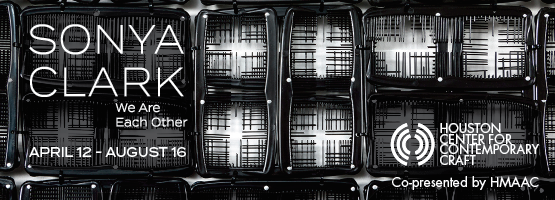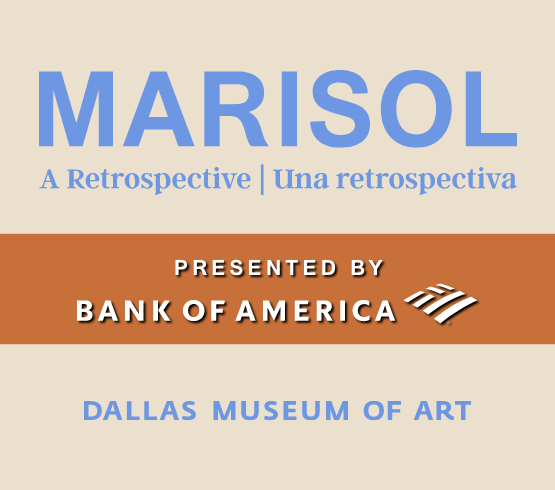During an immersive dance production the line between audience and dancer can blur, but in an Annie Arnoult Open Dance Project performance that blurring expands from the space between dancer and audience to the line between theater and dance, history and story, viewing and autonomous experiencing.
For this latest project, we don’t expect the standard live fast, die young dance retelling of the gangster love story. No, when we immersive ourselves into an Arnoult world we’ve come to expect that beautiful blur: like when the show titled after 18th century theoretical prison architecture, Panopticon sentenced us into clashing landscapes of Orwell’s 1984 and Milton’s Paradise Lost; or in All the Devils Are Here: A Tempest in the Galpagos when Arnoult’s dance vision of Shakespeare’s Tempest wrecked us onto the shores of the Galapagos for a historical, true crime murder mystery.
“I think I’m a collagist by nature,” says Arnoult on the stories ODP tells through movement. “I’m interested in a whole lot of different things and by necessity I need to make connections between those different things. I don’t think that’s unique to me. It’s just human experience that we’re meaning makers.”
“I’m very interested in generating new movements, but there are so many great ideas already out there that need to be plumbed, explored and talked about.”
The building of Bonnie & Clyde becomes a good example of this collagist practice and how her last work might influence and inspire her next. The company’s dive into the early 20th century Texas landscape that bore Bonnie Elizabeth Parker and Clyde Chestnut Barrow began as the group worked on All the Devils and used guns as props for the first time. During their rehearsals came news of the latest in a long train of Texas mass shootings.
“Suddenly there was a different level of responsibility in dealing with the violence that was in Galapagos.”
Her interest in the 1920s and 30s also drew her to Clyde’s life story and a realization that many of the factors that led Clyde to exponential violence, including his brutal incarceration when he was a teen, still exist.

1 ⁄7
Madelyn Manlove, Joshua de Alba, Atticus Griffin in Bonnie & Clyde directed by Annie Arnoult premiering at The Moody Center for the Arts May 2022. Photo by Lynn Lane.

2 ⁄7
Taylor McAnulty and Jaime Garcia Vergara in Bonnie & Clyde directed by Annie Arnoult premiering at The Moody Center for the Arts May 2022. Photo by Lynn Lane.

3 ⁄7
Open Dance Project in All the Devils Are Here: A Tempest in the Galapagos directed by Annie Arnoult at MATCH in May 2021. Photo by Lynn Lane.

4 ⁄7
Open Dance Project in ‘Bout a Stranger directed by Annie Arnoult at MATCH in March 2017. Photo by Lynn Lane.

5 ⁄7
Open Dance Project in DADA GERT directed by Annie Arnoult at Moody Center for the Arts at Rice University in May 2018. Photo by Lynn Lane.

6 ⁄7
Joseph Stevens in DADA GERT directed by Annie Arnoult at Moody Center for the Arts at Rice University in May 2018. Photo by Lynn Lane.

7 ⁄7
Jaime Garcia Vergara and Seth McPhail in Panopticon directed by Annie Arnoult at MATCH in March 2019. Photo by Lynn Lane.
Yet no matter what the subject matter’s story and thematic potential, she says for it to work as an Open Dance Project piece “it’s got to make sense in the body.”
The research, books and reading begin the creative process, but it comes to fruition for both artist and audience in the dance.
“Because we’re body first, I hope that gives the audience a little bit of space between the experience and the literal concept. Inside that space there’s an opportunity for them to have new thoughts, ideas and conversations and look at it in a way they just might not have been able to look at it if they were reading the statement on a page.”
In both structures, Arnoult says “We flip the relationship between audience and performer in such a way that they’re both seeing each other and we know that. And they’re both feeling each other. They’re in close enough proximity we’re getting this sort of kinesthetic feedback that’s close to haptic feedback.”
And perhaps feedback is just another word for that ever connective and immersive blur. “There’s that blur between experience and viewer between participant and observer that I love.”
—TARRA GAINES





